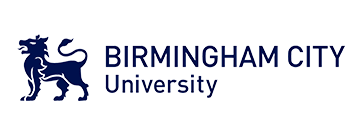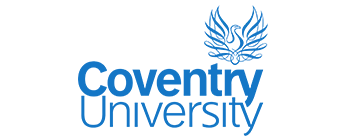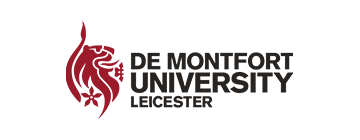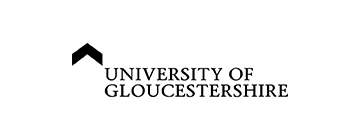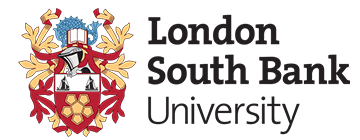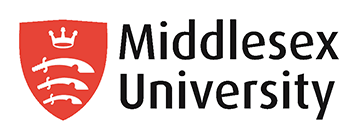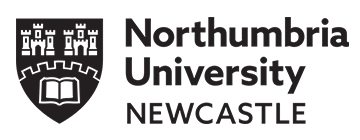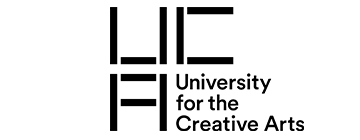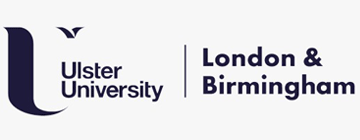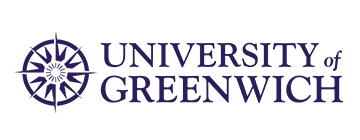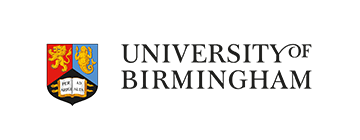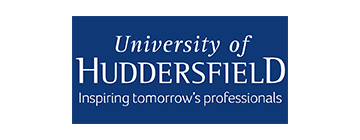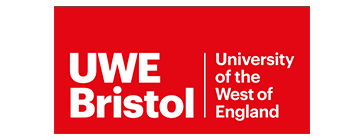Would you like to design aircraft? We’ll teach you how. We’ll train you up in everything you need to know, from aircraft structures and materials to aerodynamics. We’re passionate about aerospace, and it’s an important part of our institution’s history. It’s how we began. Working with the de Havilland Aircraft Corporation and BAE Systems, the first aerospace engineers started their training back in 1952. As a result, our degree has an excellent and well-established reputation within the aerospace industry.
On this MEng course, you’ll follow the same pathway as the BEng programmes, but in your extra year you’ll deepen your knowledge and understanding of aerospace topics. You’ll also sharpen your business and management skills. University of Hertfordshire aerospace engineers graduate with practical experience of design and development for future aerospace systems. You’ll get hands-on with our flight simulators, wind tunnels, specialist laboratories and CAE software. We have an open-access laboratory policy for students doing experiments in their own time. With an emphasis on Computer Aided Engineering, you’ll be using industrial standard software wherever possible.
We’re members of the CDIO Initiative (Conceive Design Implement Operate), a worldwide network of academic professionals, industry representatives and engineering leaders who have a passion for engineering education and engineering leadership. The CDIO framework has been embedded into our undergraduate degree programme, ensuring you’ll put into practice what you learn through “Design and Build” projects during your studies.
You’ll be taught by experienced aerospace staff, who’ll share their industry knowledge with you. There's plenty of support on offer to help you gain the skills you need to succeed. Plus, like the students before you, you’ll benefit from our strong links to industry. Our students have had work placements at companies such as Airbus, MBDA, Virgin Atlantic Engineering and BAE Systems, Marshall Aerospace and Rolls-Royce plc. Recent Aerospace Engineering graduates have gone on to work at organisations including Ministry of Defence, The Royal Air Force, Jaguar Land Rover, BAE Systems and Telefonica.
What's the course about?
In your first year, you’ll learn the fundamental skills and knowledge required by a modern engineer, including principles of flight and aircraft operations. You’ll be introduced to Computer Aided Design package commonly used in the aerospace industry. You will also have an opportunity to take part in an exciting design project. Examples of previous projects are Ground Effect Vehicle made of balsa wood and laser cut mini–Mars Rover controlled by Arduino board.
In your second year, the first-year core themes are further developed. You’ll learn about the design process through series of lectures and practical activities, and you will take part in another exciting group design project. You will expand your knowledge of aerodynamics, with wind tunnel experiments and you will learn about aerospace structures. You will be introduced to software commonly used in the aerospace industry for Finite Element Analysis and Computational Fluid Dynamics.
Between your second and third year, you can choose to take a work placement or a study abroad year. Both are valuable experiences and something you can add to your CV to make you stand out.
In your third, or fourth year if you have taken a study abroad or work placement year, you’ll work on two projects:
- The Aerospace Design group project - is where you’ll showcase your engineering skills. You will be allocated to a team to design a full-size aircraft and test fly it using our flight simulator. Every year the design task is different – in previous years, our students designed wide-body commercial airliners, heavy cargo aircraft, fire-fighting aircraft and even strategic bombers.
- The Individual Major Project - is where you’ll immerse yourself in an area of aerospace engineering, you’re passionate about, using either the University or industrial facilities. This is a rewarding part of your degree that can lead to future employment.
In your final year, where you will study at a Masters level, you will further deepen your knowledge and understanding of aerospace topics as well as develop your business and management skills. The Team Project is multi-disciplinary and involves applying your skills to solve an unusual and challenging problem, for example the design of an autonomous Unmanned Aerial Vehicle for surveillance on Mars. You could also participate in competitions such as IMechE UAS Challenge, where you and your fellow students have the chance to design and build your own UAV and compete against teams from other universities.

